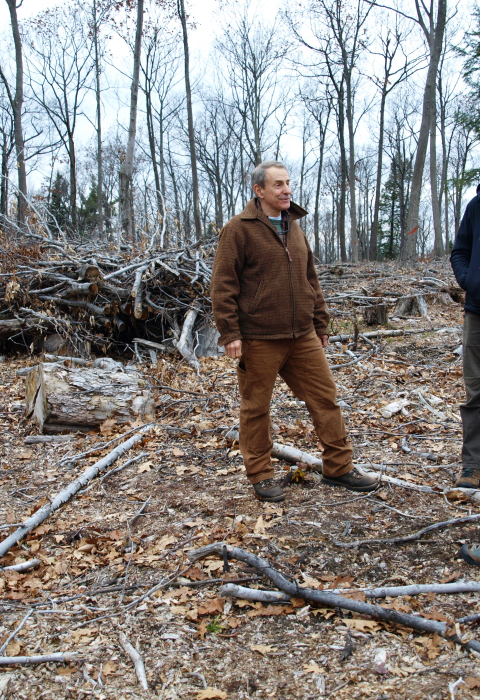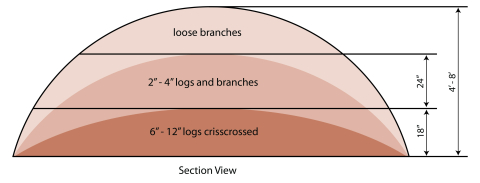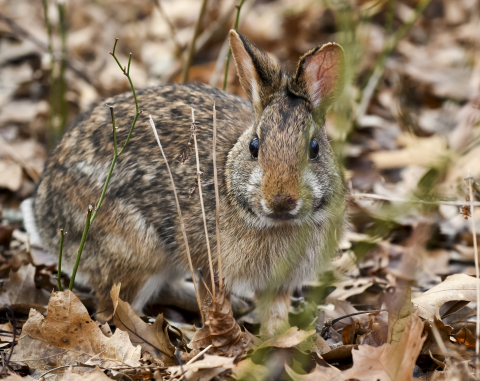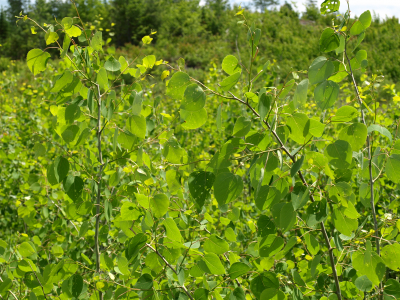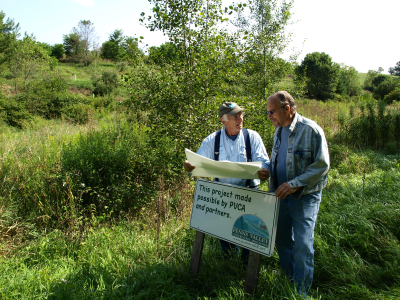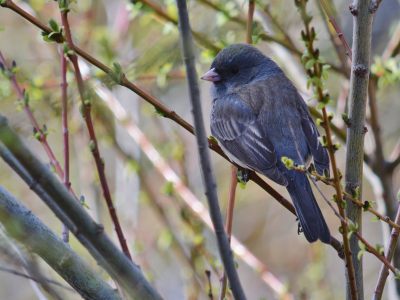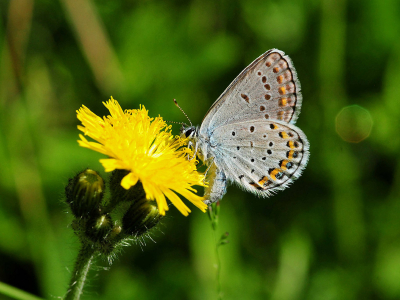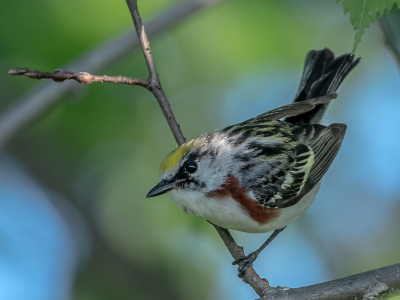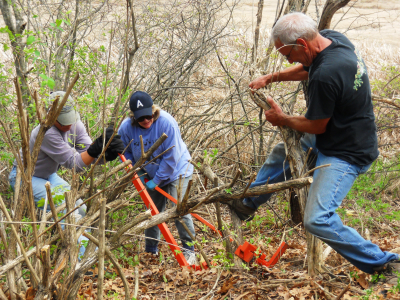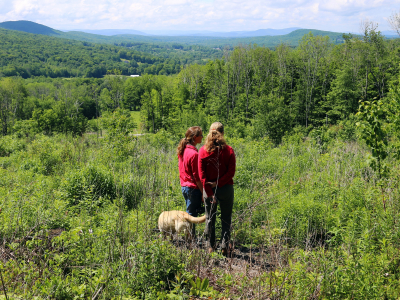Easy-to-build brush piles boost the cover quality of young forest and shrubland. Wildlife use them for nesting, resting, escaping from predators, keeping cool during hot weather, and staying warm and dry when it’s cold and stormy. (In winter, the core of a brush pile can be several degrees warmer than the air outside.)
New England cottontails home in on brush piles; they also get used by turtles, snakes, shrews, weasels, and even black bears if the piles are big enough. Birds that tuck themselves into brush piles include woodcock, ruffed grouse, bobwhite quail, sparrows, juncos, chickadees, and wrens.
Brush piles can be many different sizes, but a good standard dimension is 20 feet across and 4- to 8-feet tall.
Start with a foundation of logs 6 to 12 inches in diameter spaced about a foot apart, making a grid and allowing wildlife easy access at ground level. (You can also use large rocks for the first layer, or concrete blocks.)
Lay the second layer of smaller logs on top of and perpendicular to the base layer. Keep building upward with smaller logs and branches, then top off the pile with loose brush or pine boughs. Add new material to the top every few years to extend the brush pile’s life.
One to three brush piles per acre provides ample hiding cover. You can build them as a family or club activity. If you’re planning a timber harvest, ask your forester to specify in your contract that the logger construct brush piles using logs and branches that won’t be sold as wood products.
This brochure from the Virginia Department of Forestry offers more advice.

